This area is a potentially very interesting one for sports economics and regional science, as the special features of sports leagues and competition and the availability of data make it possible to get at important spatial effects.
An obvious feature of sports is the importance of different sports across locations. Of course some of this may be obvious, where winter sports are perhaps more likely to be popular in colder locations. However, are there significant differences in success rates spatially, and can these be attributed to local features? Ireland may be an interesting case here, since the country is so small it is difficult to see why sports may be consistently successful on a regional or spatial basis.
I have just begun to look at the data for Ireland, but the table below is an interesting starting point. It shows the location of the winners of the League of Ireland (football), All-Ireland Gaelic Football championship, All-Ireland Hurling championship and All-Ireland rugby league since 1980 categorised by NUTS3 region. There are, of course, some data issues. NUTS3 classification has not been in place since 1980, there have been winners of each title (with the exception of hurling) from Northern Ireland in that period [these have been excluded], and the rugby league has only been in place since 1992. I have chosen 1980 because it allows me to include a football winner from the Mid-West - my own club Limerick who last won it back then.
Some counties do not have a senior hurling team or a team playing in the League of Ireland or at senior club level in rugby. However, there is nothing to prevent a team from any county participating and progressing in each of these sports, and the failure to have a team at those levels may indicate the lack of popularity of those sports in that county and/or the dominance of another sport there. (A difficulty also arises for the separation of Tipperary into two NUTS regions, while they compete as one county in gaelic games. Tipperary championship wins have been split 50:50 between the Mid-West and South-East regions - which explains why there are "half-wins" in hurling).
It is clear that even in a small country like Ireland location matters for success in particular sports. There are some possible explanations, such as a type of demonstration effect where athletes in a county/region are drawn to the success of a particular sport in that area. This means history matters and there is an element of cumulative causation. This could also occur in relation to attracting funding and sponsorship. Perhaps there are strong clubs at the level under these elite championships that generate stronger competition and better players and teams at the elite level.
These are all interesting potential explanations and the research agenda for spatial analysis of sports performance in a fascinating future research area.
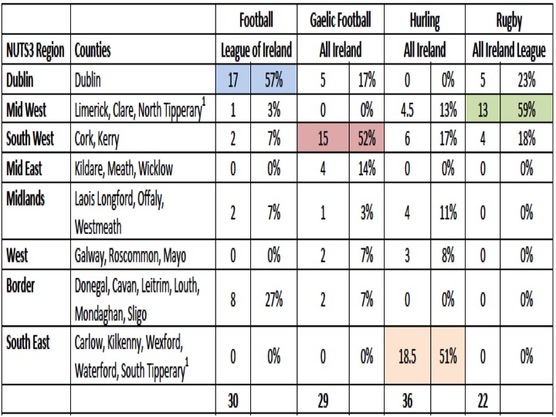
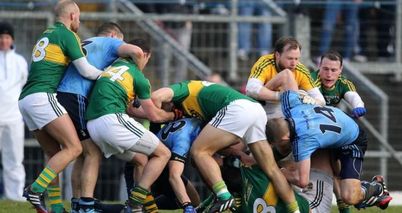
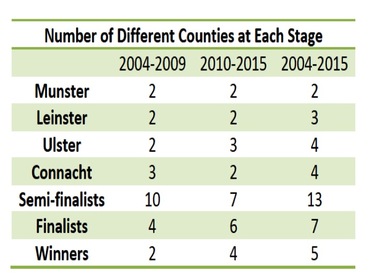
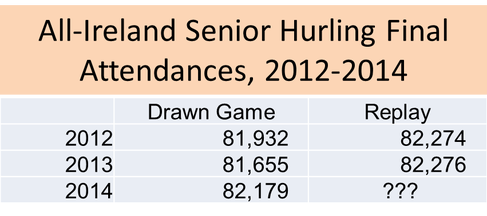
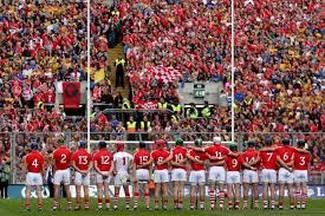

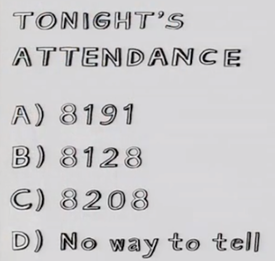
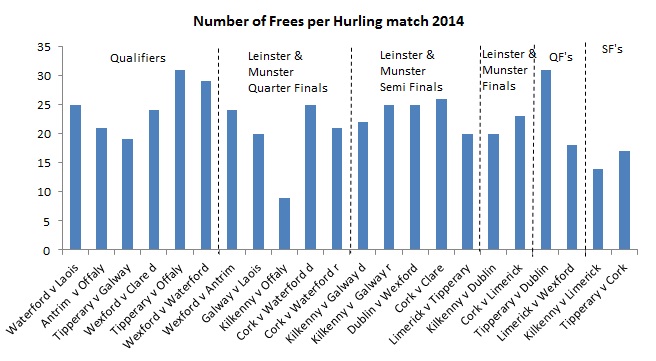
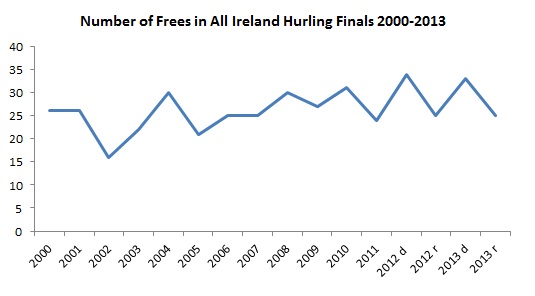
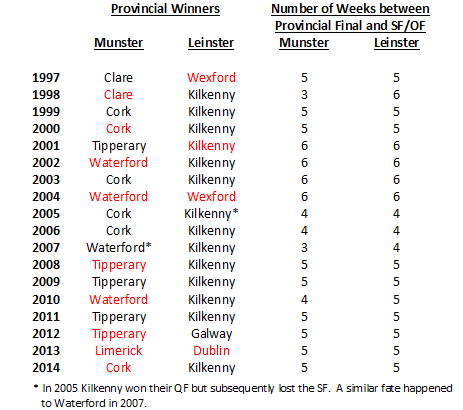
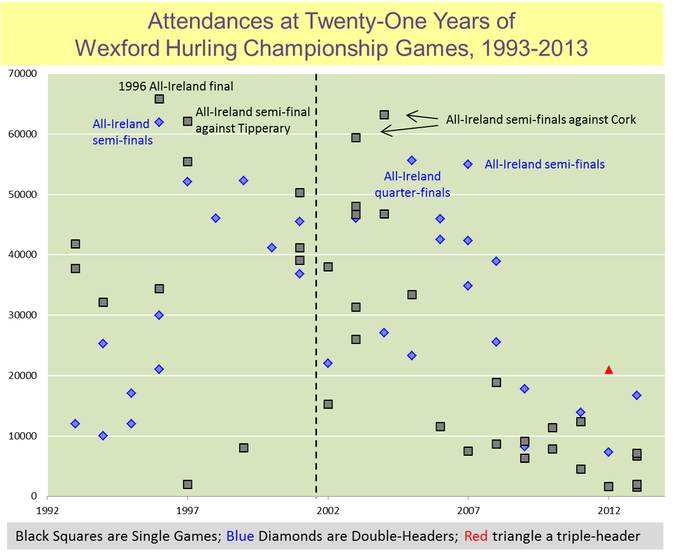
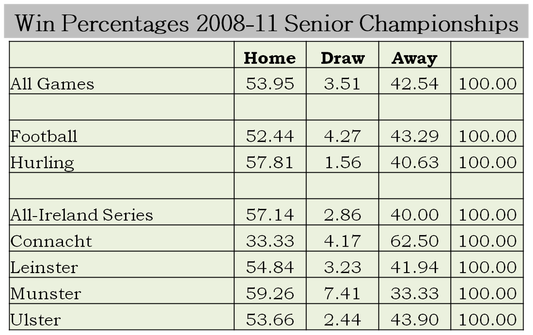
 RSS Feed
RSS Feed